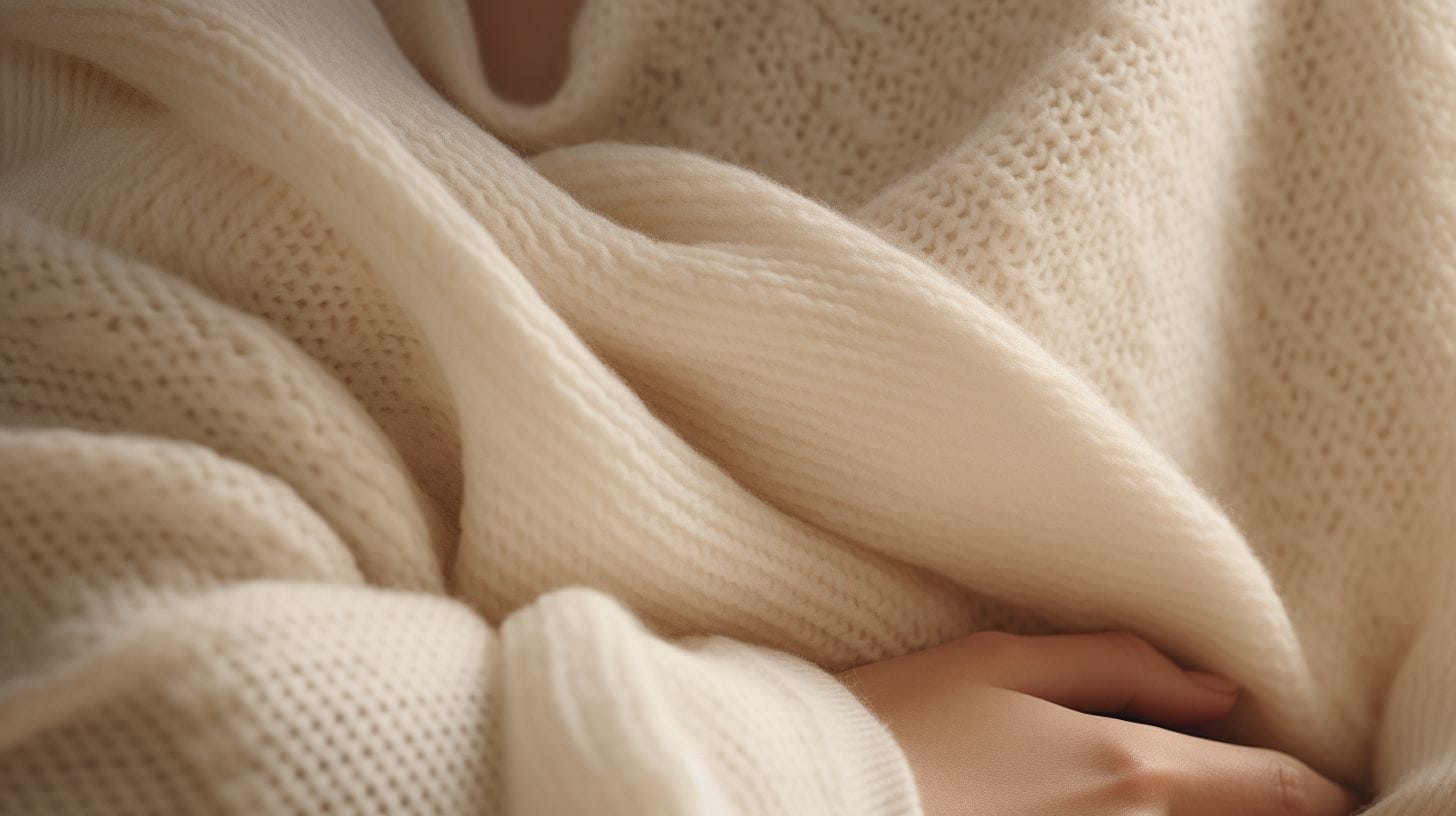Are you curious about how your favorite cotton T-shirt or comfy sheets came into existence? Cotton, a natural fiber, undergoes 6 fascinating steps before it becomes the soft fabric we love.
This article will take you on a journey from the cotton fields all the way to the final product in your hands. Let’s unravel “How is cotton made into fabric?”. Explore what truly lies behind every thread of your beloved cotton items!
What is Cotton?
Cotton is one type of natural cellulose fiber. It is one of the most widely used and important natural fibers in the textile industry. Cotton is comfortable, breathable, and durable. All these make it suitable for a variety of applications, including clothing, bedding, towels, and more. It is also used in the production of medical supplies, paper, and other products. Many manufacturers even blend cotton with other fabrics, such as polyester or spandex, to create various garments. Cotton is cultivated in many countries around the world, with major producers including China, India, and the United States.
4 Common Types of Cotton Plants
- Gossypium hirsutum (Upland cotton): This is the most widely grown type of cotton. It accounts for about 90% of the world’s cotton production. It has relatively short fibers. People use it for various applications, including clothing, bed sheets, and towels.
- Gossypium barbadense (Pima cotton or Egyptian cotton): This is an extra-long-staple cotton variety. It is famous for its softness, strength, and lustrous appearance. The clothing industry often uses it in high-quality textiles like luxury bedding and premium clothing.
- Gossypium arboreum (Tree cotton or Asian cotton): This is a shrubby, perennial plant that can reach a height of 1-3 meters (3-10 feet). It has a woody stem and branches. But it is not as widely grown or commercially significant as other types of cotton plants, accounting for less than 2% of global production.
- Gossypium herbaceum (Levant cotton): It is native to southern Africa and the Arabian Peninsula. It accounts for less than 2% of global cotton cultivation.
How is Cotton Made into Fabric?
After knowing something basic about cotton, how is cotton made into fabric?
Step 1: Cotton Cultivation

Cotton cultivation is the very beginning of cotton production. It’s a process that requires careful attention and dedication. The journey begins with planting cotton seeds in rich, fertile soil during the spring months. The cotton plants grow rapidly under the warm sun. Then they develop into large green bushes laden with fluffy white bolls. Interacting closely with nature, farmers tend to their fields regularly to keep pests at bay. As summer fades into fall, the mature cotton plants are ready for harvest.
Step 2: Cotton Harvesting
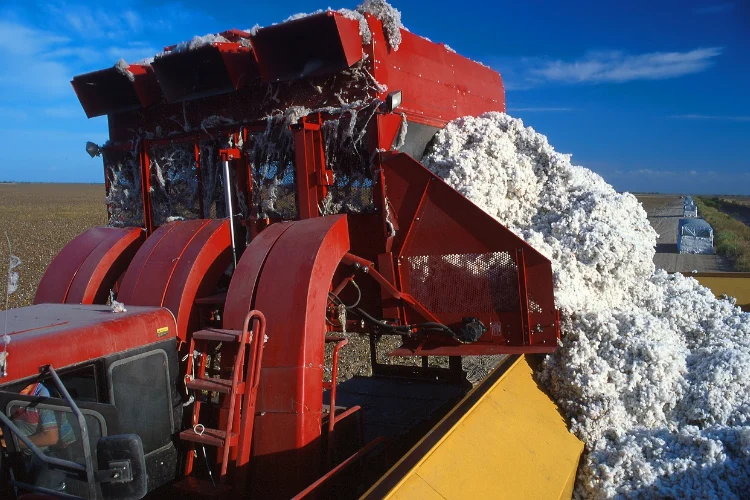
Farmers wait for cotton bolls to open fully before the harvesting process begins. These opened bolls reveal mature and fluffy cotton ready for collection. Various methods, including machine and hand-harvesting techniques, help procure the cotton from fields.
Mechanical devices like cotton pickers pluck the lint while leaving the plant intact. Alternatively, cotton strippers strip every part of the crop off, including both open and unopened bolls, leaves, and twigs. This method is often used when it’s late in the harvest season or in a high-wind area where plantation longevity does not matter much.
However, certain regions still use labor-intensive hand-picking methods. These methods yield clean fiber without much debris. But they demand vast amounts of manpower due to their time-consuming nature, lasting several months.
Step 3: Cotton Ginning
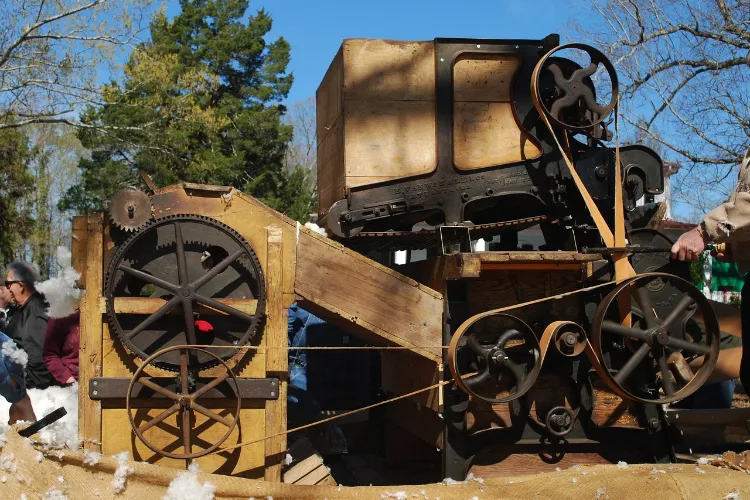
As a transformative step in fabric production, ginning clears away impurities such as dirt, leaves, and twigs. This leaves behind pure cotton fibers that are primed for their next phase of becoming fabric.
Two common cotton gins used during this phase are the saw-gin and roller-gin techniques. The efficiency of these mechanisms directly influences the quality of both your eventual cotton fibers and the final fabric product created from them. So they’re pretty important!
Step 4: Cotton Carding
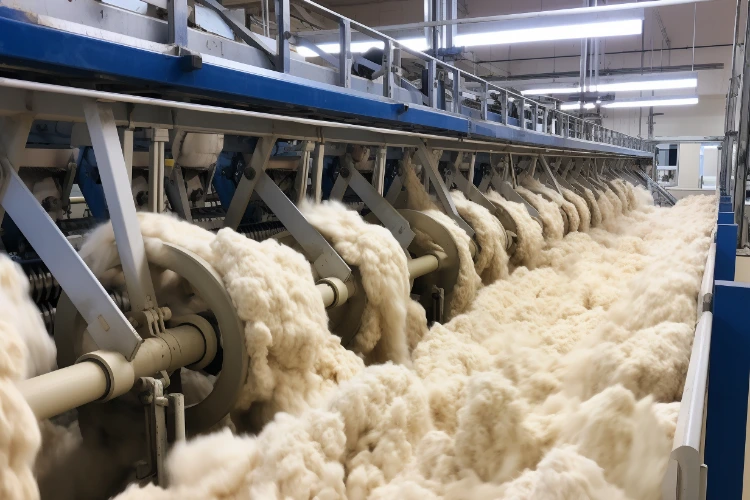
Carding involves breaking up fiber lumps and smoothing out the fibers, making them easier to work with. A carding machine equipped with teeth is used to straighten and align the cotton fibers.
This process helps prepare the cotton fiber for spinning into yarn. In addition to improving the quality of the yarn, carding also helps remove any remaining impurities from the cotton fiber.
Whether done manually or with machines, carding plays a significant role in transforming raw cotton fibers into usable yarn for fabric production. It helps create a more uniform and even yarn that contributes to better-quality cotton fabric.
Step 5: Cotton Spinning

Spinning machines are used to twist the cotton fibers together, creating continuous strands of yarn. This yarn is then used for weaving or knitting to create fabric.
The quality and characteristics of the spun yarn greatly impact the texture and performance of the final fabric. This makes the step an important factor in producing comfortable and versatile cotton textiles.
Step 6: Create Cotton Fabric
After the cotton fibers have been carded and spun, they are then woven or knitted into fabric. Find out more about this fascinating process!
Woven Cotton Fabric

After being interlaced on looms in textile mills, compressed bales of woven fabric begin taking shape. This step uses a loom to warp cotton yarn and then weave it with cotton weft yarn. The tightness of the weave determines how many warp and weft threads are used in the cloth. Modern weaving machines can do this process quickly, while hand-weaving takes more time. During weaving, the yarns are interlaced in a crisscross pattern to form a stable fabric structure.
The clothing industry mainly uses this type of fabric for blouses, shirts, dresses, skirts, and more.
Knitted Cotton Fabric
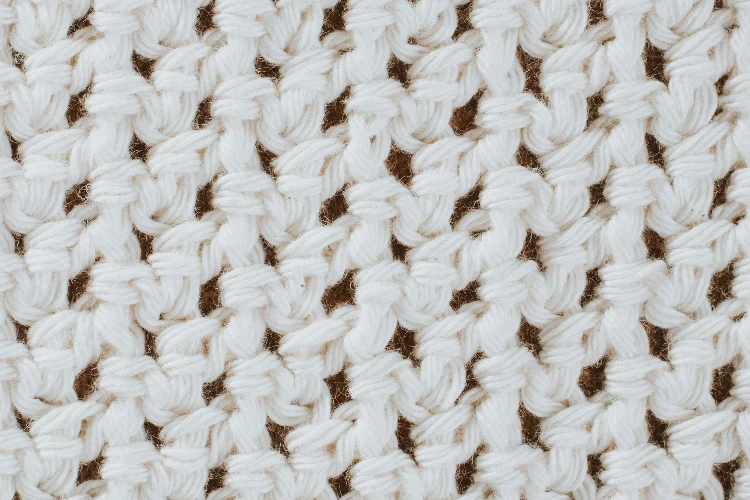
Knitting involves interlocking loops of yarn using knitting needles or a knitting machine. This method creates knitted cotton fabric, which is known for its stretchiness and flexibility. Depending on the technique used, knitting can produce different textures and patterns in the fabric.
It is commonly used to make clothing items like sweaters, socks, and hats. So if you’re interested in creating your own cozy knitted garments, I recommend knitted cotton fabric.
After weaving or knitting, the cotton fabric has to be kiered to get rid of natural dirt. Then, bleach it to make it white. Mercerize it to make it shiny and strong. Make it ready to dye and finally shaped again.
Different Types of Cotton Fabric
Cotton fabric comes in a variety of types, each with its own unique characteristics and uses. Here are five common types of cotton fabric that you should know:
- Lightweight cotton lawn: This is a sheer, lightweight fabric that is perfect for flowy dresses, blouses, and summer garments.
- Tightly woven cotton shirting: This type of cotton fabric is tightly woven and has a smooth finish. People commonly use it for making button-down shirts and tailored garments.
- Heavy cotton drill: If you need a sturdy and durable fabric, heavy cotton drill is the way to go. It is often used for making workwear, uniforms, and heavy-duty bags.
- Denim: Denim is a popular type of cotton fabric known for its durability and versatility. You can use it for making jeans, jackets, and skirts.
- Cotton canvas: Canvas fabric is thick and strong. So it is ideal for projects that require durability, such as tote bags, upholstery, and outdoor cushions.
The Impact of Cotton Fabric on the Environment
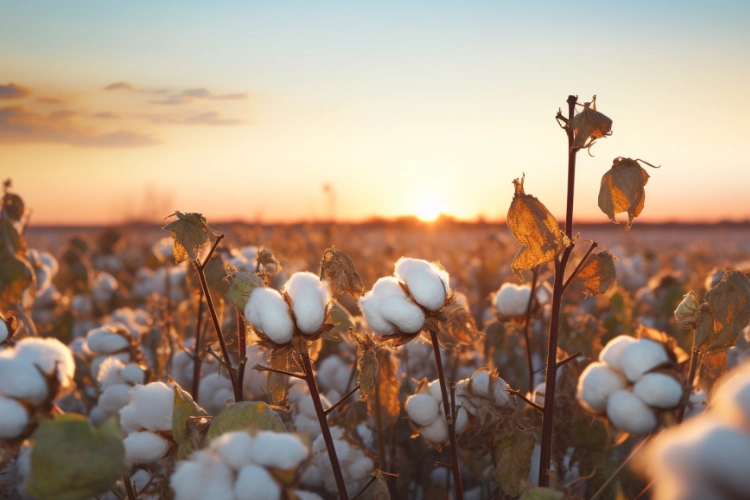
Apart from the process of “how is cotton made into fabric”, there is something special about cotton production. While cotton fabric is popular for its comfort and versatility, it still has a significant impact on the environment.
One of the major concerns is water usage. Cotton production requires large amounts of water. It may lead to potential water scarcity in the regions where it is grown. In addition, pesticides and synthetic fertilizers used in conventional cotton farming can contaminate the soil and nearby water sources. This will pose risks to ecosystems and human health. Moreover, land repurposing for cotton cultivation can lead to deforestation and habitat destruction.
Sustainable methods need to be used to lessen these effects. Organic cotton farming can help the earth by using fewer pesticides and improving the health of the land.
Conclusion
Now, I’m sure you have the answer to “How is cotton made into fabric?”. The process needs six steps, from cotton cultivation to cotton creation. This versatile natural fiber can be used to create a wide range of comfortable and sustainable textiles.
So next time you wear a soft cotton T-shirt or cozy up in cotton sheets, remember the journey from field to fabric that brings these products to life.
Discover more sewing techniques and fabric secrets on Longan Craft Blog!



